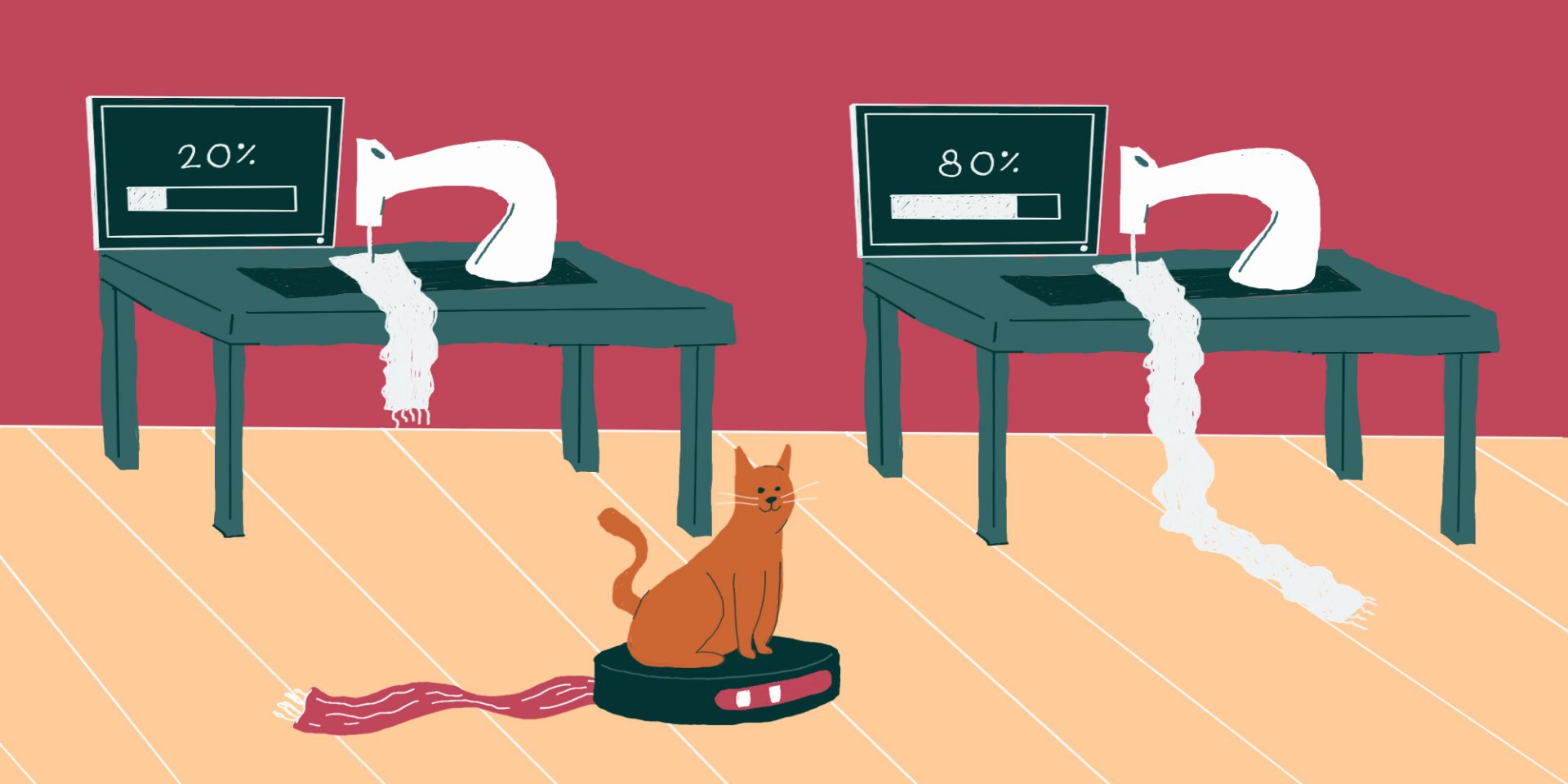
Technological advances and work(ing) in the future
Many discussions around technological advances – particularly those linked to automation, robotization, and digitalisation – predict significant losses for low-skilled workers across global industries, including the garment industry. But some experts do not consider such losses to be inevitable. Cost and benefits will need to be weighed regarding,for instance, the costs of entry to an automated industry and automation’s impact on a global economy where billions of workers are eager to work.
If the future role of new technologies in this industry is not a fait accompli (and of course it is not – humans shape technology, not the other way around), then it may be possible to develop policies or regulations that can help direct technological developments that are a net positive (see also ‘Interventions for Industry Change’). For instance, is automation a potential solution for (some of) the most dangerous aspects of garment production, whether in the field or factory? Can enhanced data and AI be used to forecast production more effectively and enhance job stability? And, what potential do technologies like blockchain offer for enhanced accountability for labour conditions? What are the risks of implementing any or all of these technologies?
And how about climate change?
Likewise, climate change will inevitably impact everyone involved in supply chains — whether by changing how and where raw materials are grown or produced or by creating shortages or by changing demand. Are there experts that predict how the industry will change with the climate? If so, how?
And don’t forget population growth
And lest we forget, we also need to take into account that the global population continues to grow and change. What are the implications for the future of working in the garment industry — taking into account that more people will need jobs, and more people will need clothes?
What is the cumulative effect?
In this thread, we therefore seek to explore experts’ predictions of the impact of megatrends (like technological advancement, climate change and demographics) on the experience of working in the garment industry. Can we already access predictions for the impact of such changes on how work will be conducted, and where? If so, answers to both of these questions have direct implications for the final and key questions: Who (which workers) will likely be most affected? And under what conditions?
Preventing a new race to the bottom
Weaving together this vision for the future of working in the industry is critical to any discussion about how to support workers’ rights in the future. There is an urgent need to ensure that such changes do not drive yet another ‘race to the bottom’ in the garment industry. What do we see emerging now that can help us respond most effectively to that need, and prevent a repeat of the failures of the 1990s?

